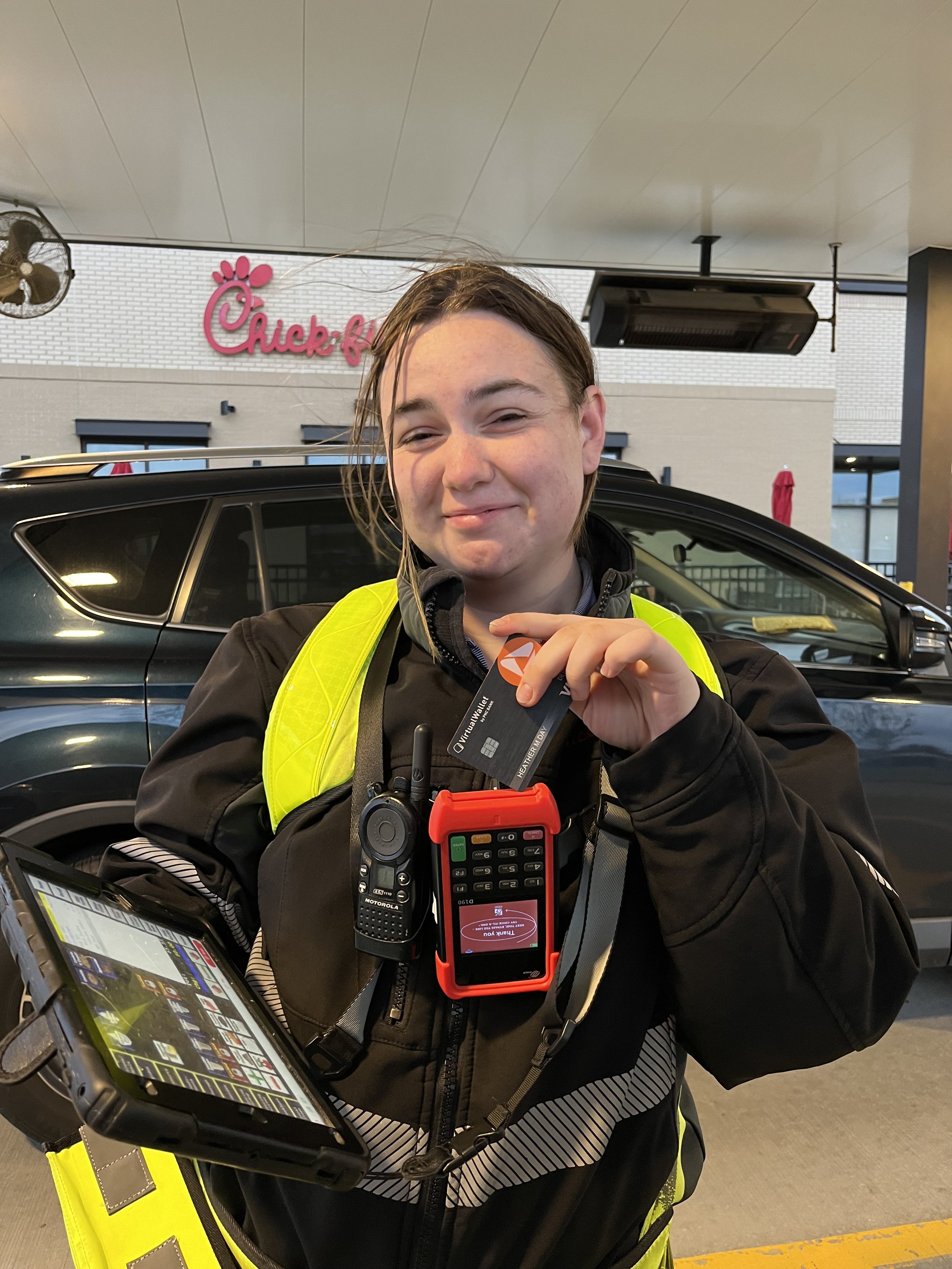I should have seen it coming. After all, communicating persuasively runs through her genes.
My mini-me also shares my propensity for relentless persuasion.
My husband and I were adamantly opposed to my 16-year-old daughter getting a job – at least during the school year. We were fine with the occasional babysitting gig. What we didn’t want was for her family time/homework availability to be dictated by minimum wage.
My daughter seldom sees "no" as the final answer.
“Your job, right now, is to be a student,” we would counter, whenever she raised the topic. “Be a kid, get involved, and most importantly, keep up your grades.”
Like her mother, however, my daughter seldom sees “no” as the final answer. Instead, she decided to lay out a clear and compelling vision for change.
The Problem. Our restrictive budget conflicted with her ever-growing interest in costly activities, fashion, and gas-depleting destinations.
The Solution. A job would not only fund her expensive lifestyle, but it would also effectively teach her responsibility and time management skills.
How might the world look different? “Wouldn’t it be nice if I weren’t always begging you for money?” she suggested. “Wouldn’t it be amazing if I learned to budget and save for myself?”
How could we create that change? My husband and I could easily put more money in all our pockets and bank accounts. We could immediately transform everyone’s lives for the better. The only thing we needed to do was grant our daughter permission to apply for a job.
Long story short…
My daughter now says “my pleasure” whenever we ask her to bring home frosted lemonades from work.
4 Steps to Communicating Vision
When it comes to communicating vision, we could all learn a thing or two from my relentless, motivated teenager.
When it comes to communicating vision, we could all learn a thing or two from my relentless, motivated teenager. Whether it is convincing your parents to rethink a policy or inviting supporters to get involved in fundable ministry projects, the basic principles remain the same.
Communicating a clear and compelling vision happens by answering four key questions.
What is the problem?
What exactly is the problem that you intend to solve? Define it. Clarify it. Write it down. Describe the specific issues at hand, all in captivating detail.
“Would you like fries with that?”
Furthermore, explain what makes it so important that this issue be solved right now. Why can we no longer turn a blind eye or settle for the status quo? What will happen if we continue to let things go? Create urgency by describing the specific pain points and problems that demand immediate change.
What is the proposed solution to address that problem?
Of all the possible solutions, how are you uniquely positioned to create meaningful change? How is God opening doors for you to address the problems at hand? Explain the resources, access and/or creative approaches you offer that others do not offer.
Why you? Why now? Build a case for what makes your proposed solution timely, targeted, and more effective than what is already available.
How might the world look different?
Paint a vivid picture of a beautiful, future world where lives are changed, and problems are solved. Then, captivate your audience by describing the grand, spectacular, God-shaped vision that gets you out of bed daily and motivates your work.
How could the world look, sound and feel different from the broken realities of today?
What sorrows will be eliminated?
What challenges will be overcome?
Who will be thriving?
What evidence will we see of God at work around us?
How can they create that change?
Don’t just invite others to tag along in your mission; invite them to lead the way.
This is where organizations (and teenagers, for that matter) so often miss the mark. We make it all about us. We talk only about our goals, our accomplishments, our important roles in accomplishing God’s work. As I’ve sometimes uttered in exasperated, cranky-mom moments, “It’s not always all about you!”
Instead, connect your vision with the passions, hopes and dreams of those you hope to involve. Make them the heroes who are commissioned and empowered by God. Don’t treat your audience as casual bystanders or just the people footing the bill. Instead, explain how their decisions, their actions and their involvement can change the world.
Simple and Effective
The steps to communicating a clear and compelling vision are surprisingly simple, but quite effective.
Clarify the problem.
Explain the solution.
Paint a picture of a transformed world.
Invite others to create that change.
It works for my daughter, and it will do the same for you. Just learn to talk like a teen.
When motivated, relentless leaders share their vision in clear and compelling ways, they will certainly get things done.
This article was originally written for Christian Leadership Alliance’s Outcomes Magazine. To learn more, read the original article and even listen to an audio version (read by yours truly!), CLICK HERE.


